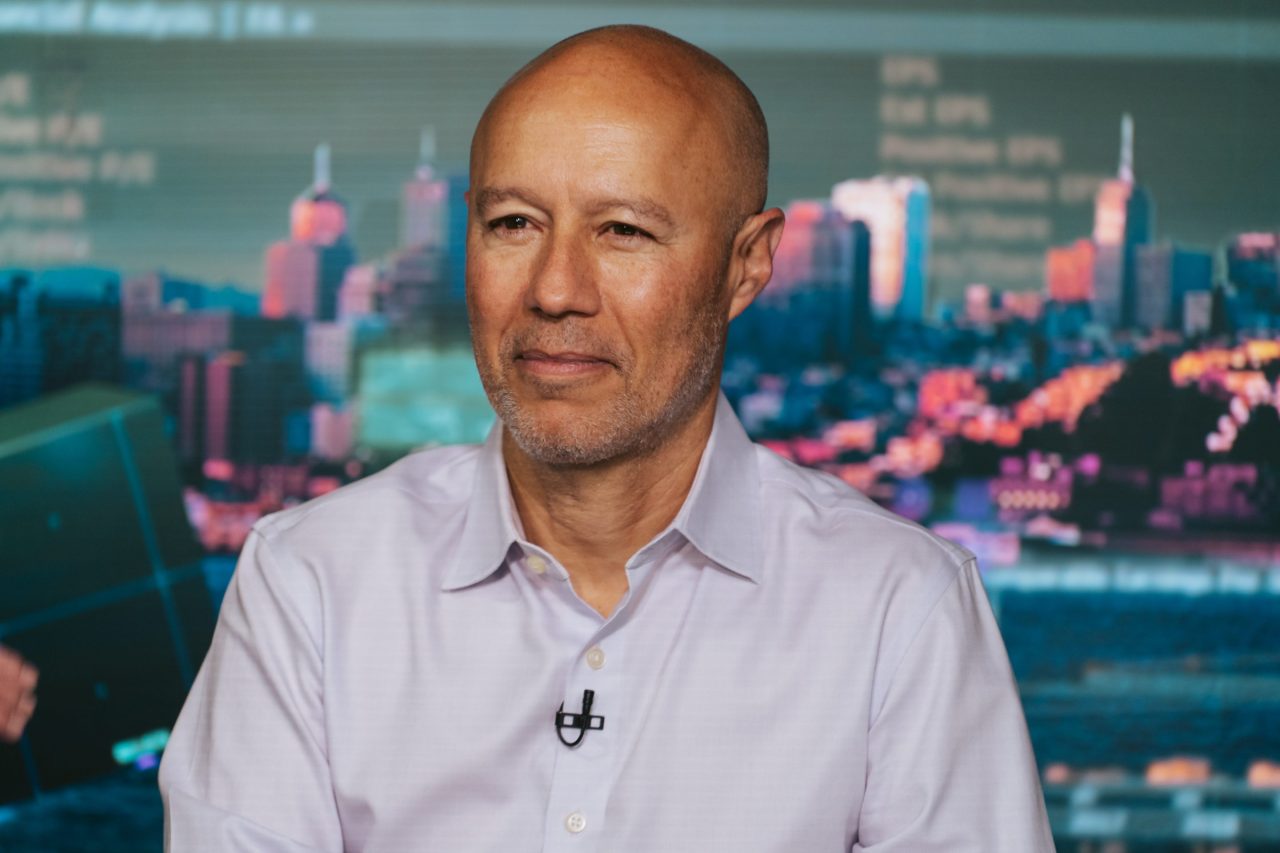In the rapidly evolving modern workplace, managers are often seen as the bridge between leadership and employees. But what happens when those bridges start to crack?
New research and workplace trends reveal that two specific types of managers are struggling more than ever in today’s complex work environment. If left unaddressed, the challenges they face could have serious ripple effects on employee morale, productivity, and overall organizational health.
The Two Manager Profiles in Crisis
1. Middle Managers Stuck in the “Squeeze Zone”
Middle managers — often caught between top-level directives and frontline execution — are facing intense pressure from both sides. With hybrid work, economic uncertainty, and shifting employee expectations, they’re being asked to do more with less.
Why They’re Suffering:
- Increased responsibilities without authority
- Ambiguous performance expectations from leadership
- Burnout from constant change management and people pleasing
- Limited support and training for remote team dynamics
These managers are often the emotional shock absorbers of an organization. When they’re overwhelmed, communication suffers, and team cohesion falls apart.
2. First-Time or Inexperienced Managers Thrown Into Chaos
Organizations have promoted many first-time managers without adequate onboarding or mentoring, especially during rapid growth or staff turnover. These new managers often face imposter syndrome, low confidence, and limited leadership training — all while being expected to hit targets and motivate teams.
Why They’re Suffering:
- Lack of leadership development programs
- Poor mentorship or guidance from senior leaders
- Struggles to balance friendship vs. authority
- Remote leadership challenges, especially with younger or diverse teams
These managers want to succeed, but without the right foundation, they’re more likely to make mistakes that cost morale, retention, and results.
How This Impacts the Entire Workplace
The struggles of these two manager types don’t exist in a vacuum. Here’s how their suffering spells disaster for the workplace:
- High Employee Turnover: Burned-out or poorly trained managers often fail to support and retain top talent.
- Decline in Productivity: Ineffective management leads to unclear priorities and disengaged teams.
- Toxic Culture: Managers under pressure may become micromanagers, avoid feedback, or pass stress down the chain.
- Stagnant Innovation: When managers are in survival mode, they don’t have the capacity to innovate or encourage creativity in their teams.
According to a recent Gallup report, managers account for at least 70% of the variance in employee engagement. In short — when managers suffer, everyone suffers.
The Solution: Support, Training & Mental Wellness
Companies that want to survive and thrive in 2025 and beyond must rethink how they support their managers. That means:
1. Providing Leadership Training Early
- Include emotional intelligence, conflict resolution, and coaching in leadership training.
- Pair first-time managers with experienced mentors.
2. Reevaluating Middle Management Roles
- Clarify expectations and eliminate unnecessary layers of bureaucracy.
- Empower them with decision-making authority and resource control.
3. Offering Mental Health Support
- Normalize therapy, coaching, and burnout recovery tools.
- Create safe spaces for managers to share struggles without judgment.
4. Prioritizing Upward Feedback
- Give managers a voice in strategic decisions.
- Use employee feedback tools to identify struggling leadership dynamics early.
Final Thoughts
In the modern workplace, managers are not just task managers — they are culture builders, motivators, and change drivers. But without the right tools and support, even the best leaders can burn out or fail.
As middle managers get squeezed from above and below, and new managers are thrown into deep waters without life vests, the health of the entire organization is at risk.
Now is the time for HR leaders and executives to recognize the cracks — and reinforce the structure before it breaks completely.




